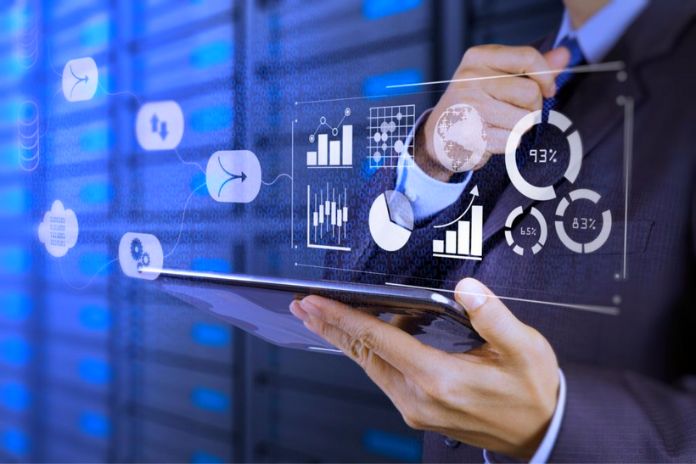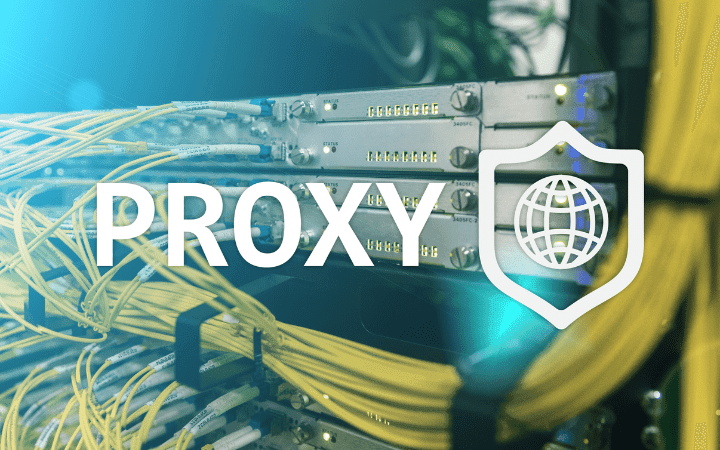BI And AI: How To Make The Perfect Union Between Them?

BI and AI: Digital transformation is already a reality in companies that want to extract the most information technology can offer for business success.
In this scenario, two acronyms stand out: BI (Business Intelligence) and AI (Artificial Intelligence), which can change a company’s strategic direction.
Thus, with the explosion of Big Data data, companies that know how to extract value from this information will take a massive step toward market leadership. In this post, you will learn more about BI and AI and their main trends for companies’ strategic planning.
What Is Business Intelligence?
Business Intelligence is a term that designates the platforms, software, and practices used to support strategic decisions based on data. It is possible to have a historical overview and make market forecasts through BI platforms, using data gathered in internal systems or performing external analyses.
Companies with excellent strategic planning of Business Intelligence obtain critical competitive advantages, as their operations are based on data mining and dynamic table analysis.
With this strategic plan enabled by BI, the company can manage less intuitively, gaining a more strategic view with data-driven planning, which is collected, processed, and analyzed to generate meaningful insights for the business. This way, it is possible to have a more in-depth knowledge of customers’ desires and monitor the competition.
In addition, BI is also essential for identifying threats, anticipating security measures, and, above all, business opportunities.
What Is Artificial Intelligence?
The concept of artificial intelligence is broader, covering several areas, not just the corporate sector. We can summarize AI as the ability of machines to perform functions that simulate human capabilities or decisions.
This can be achieved through programming, with a human creating an algorithm equipped with AI, or through machine learning, in which the system develops by crossing data, imputed or autonomously.
Artificial intelligence can be applied to perform bureaucratic and repetitive tasks that take productive time. A good example is brilliant chats, which help to reduce queues in customer service systems, and which can deliver coherent answers to common questions.
In industries, robots equipped with artificial intelligence began to perform higher-risk functions, reducing the possibility of work accidents, and representing an increase in productive capacity.
When combined with business, artificial intelligence allows the automation of bureaucratic and repetitive tasks and data analysis autonomously, with neural networks, providing data mining, increasing productivity, improving decision-making, and reducing the margin of mistakes.
What Is The Relationship Between BI And AI?
To exemplify the relationship between BI and AI, the manager of e-commerce that sells products to the nerd audience.
It is now starting in a highly competitive market. To boost sales and make his brand known, he decided to invest in a machine learning system capable of scanning social networks and identifying what the target audience is looking for in his area of expertise.
In this way, he will be able to automate his social networks to offer product recommendations that directly meet the desires of that group of people, increasing the chances of conversion.
The company has a marketing team that created an entire plan so that this information can achieve the company’s goals. With the help of these intelligent systems, they can take this range of data and obtain precious insights, which will help boost the dissemination strategy since artificial intelligence will refine the results.
Thus, the entrepreneur will take advantage of the automation of data mining and social media management, combined with the power of creating the marketing team, and will increasingly have the possibility of reaching their ideal audience. From there, he will be able to compete on an equal footing with competitors who have already been in the business for a longer time.
In summary, the partnership between BI and AI in e-commerce will allow the generation of insights, the possibility of analyzing customer histories to recommend products, and the predictive ability to predict market movements. All this in an automated way!
What Are The Top AI And BI Trends?
Predictive And Prescriptive Analytics
Perhaps this is the excellent point of intersection between BI and AI. With them working together, managers can have a vision of what will come in their market and generate strategic insights to meet this demand.
For this to be possible, the strategic sector must have predictive and prescriptive analytics.
- Predictive analytics — analyzing historical data to extract critical insights and predict future movements. Thus, the company can carry out risk analyzes and create forecasts for alternatives if things change course;
- Prescriptive Analysis — aims to identify the impacts of future decisions and insights for the company to make the necessary adjustments to achieve the objectives according to the projections.
The goal is to refine the decision-making further so that the results can align with the forecast. With this alignment, the company can considerably increase the chances of meeting customer expectations.
More Efficiency In Information Security
Information security is as essential as data mining and Analysis, ensuring that all results found and predictive strategies do not fall into the wrong hands.
Thus, data security is one of the priorities in managers’ debates to ensure the success of future actions. This is enhanced by the performance of artificial intelligence in the automatic detection of deviations — which is one of the data mining techniques.
Any movement that deviates from the normal is automatically identified, with robust and intelligent access control and encryption systems.
New Business Opportunities
Another primary objective, enhanced with the combination of Business Intelligence and Artificial Intelligence, is identifying new business opportunities. With data structuring and more informed and agile decision-making, companies have more tools to identify business opportunities.
With the segmentation or clustering technique, for example, it is possible to separate data with similar characteristics to identify the movements of a particular group of potential consumers. In this way, products/services that meet the demand of the public can be developed based on the behavior of customers with the same profile.
Competition Monitoring
Staying on top of competitors’ movements is a company’s strategic planning. With BI allied to AI, it is possible to analyze the activity of competition in the market, monitoring its campaigns and engagement and, thus, meeting the desires of the target audience.
Also Read: Difference Between Artificial Intelligence And Machine Learning?






